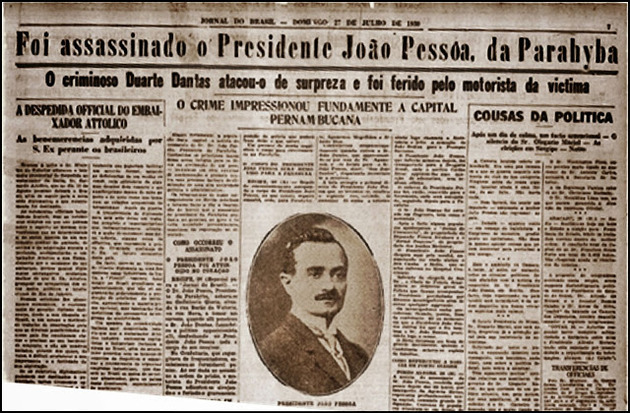Tsarism it was a political system that reigned in the Russia from 1547 until the 1917 revolution. Tsar was the title given to the Russian Emperor.
The tsars of the Romanov dynasty, who held power from 1613 to 1917, ruled in an absolute way, in which the tsar was confused with the state. They acted politically in terms of imperial grandeur and the expansion of their power as a despot. The first Tsar Romanov was Mikhail I and the last was Nicholas II, murdered along with his wife and children in the city of Yekaterinburg in July 1918, after the Russian Revolution of 1917.
Tsarism was a regime very similar to absolutism, that is, the Russian tsar, Nicholas II, did not provide the minimum necessary conditions for the establishment of industries, and the permanence of an archaic system of agricultural production, clearly feudal, delayed the modernization of the parents.
The lack of freedom, under the tsarist regime, was almost absolute, even for the nobility, a social class that was theoretically free but that was always subjugated by the tsar.
The pressures with this type of regime did not take long to occur, after several rebellions, the tsar Nicholas II, even transforming the country into a constitutional monarchy, including a parliament, was deposed in 1917.
Meet some characteristics of absolutism.


